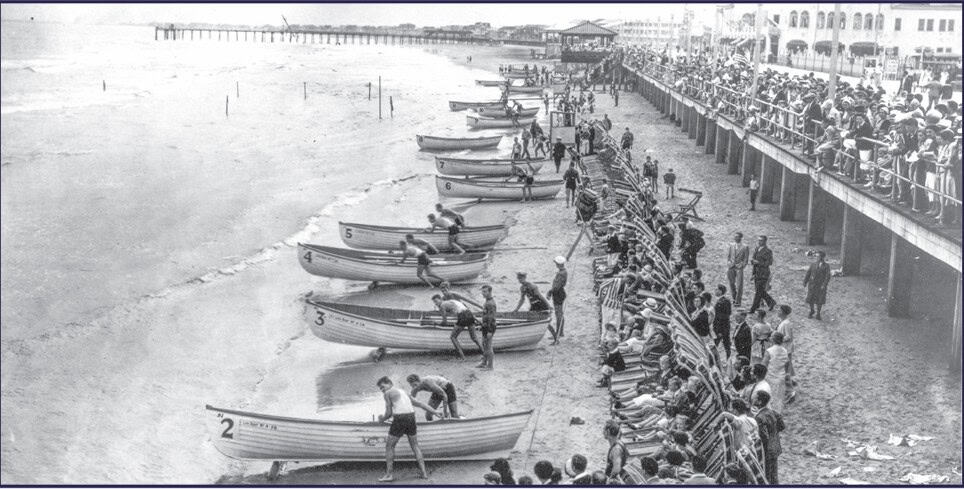To the North
Richard Seeley once worked as Hammonton’s town clerk, arriving in the area during his youth around the time the settlement was founded by Charles K. Landis and Richard Byrnes in 1856. Seeley also served as a school trustee, according to the book Hammonton Through the Eyes of J.G. Wilson, but his most lasting contribution might well be the stroll he took around town in 1866 during which he recorded in writing the sights he witnessed.
Seeley, whose name has also been referred to minus the third ‘e’ used by Wilson, took note that “in those early days the layout of nearly all the land was in the shape of farms varying from two or three up to 50 acres, a 50-acre farm being considered in that day a big farm. Building lots even in the heart of town were seldom heard of or sought.”
In his account, Seeley informs us that the early moniker of the White Horse Pike (the stretch of U.S. Route 30 that runs through the town) was Hammonton Avenue, the location of the Byrnes home was on 12th Street and there was the existence of a spring purportedly known for the medicinal qualities of its waters.
Descriptions of early shops along Bellevue Avenue and various residences that comprised the early dwellings of the town abound. But the accounts of Hammonton’s infrastructure, still in its earliest stages, demonstrate how the town was constructed beyond its farmlands.
“It must be borne in mind,” Seeley write, “that in the early years of Hammonton’s existence there were no artificially improved streets or graveled roads in the town. The roads laid out were just as the natural soil made them, together with some un-rotted stumps which, when struck by the wheels of the springless vehicles of that age, rendered travel by horse and wagon none too pleasant to say the least.”
The earliest roads in Hammonton pre-date the town’s incorporation in 1866. Some were old stagecoach roads while others were created for the transportation of products grown or manufactured in the area. According to a Hammonton News article in the paper’s 1966 centennial edition, names of the streets “came from various sources. Those west of the railroad (First, Second and Third rds.) and all numbered streets in that area were named by the Weymouth Farm and Agriculture Co., a gigantic land speculation enterprise in this area that actually preceded the promotion of Landis and Byrnes.”
Other developers also contributed to the naming of streets, according to the article. In fact, the contentiousness between two of these developers explains the conflicting names of one roadway in Hammonton. Line Street, named by William Passmore, was rechristened Cherry Street once it crossed into the territory of George Pressey.
Prior to 1866, the article reports, streets were “laid out and built by developers and owners of land with no eye toward standardization or planning for future needs. Rather it was a practice for immediate need…with roadbuilders working independently of each other…”
Such circumstances account for why, as the article contends, “some streets do not meet perfectly but rather have a jog in them.” Examples given are Valley Avenue and Fourth Street, North and South Liberty streets and School Lane and Liberty Street. In some cases, developers chose widths different from others, so some roads are narrower on one side of town than the other.
Even though some roads existed before the arrival of Landis and Byrnes, Bellevue Avenue was completed under the watch of the founders. Other roads, however, were not added until the incorporation of the town. In 1866, Broadway was completed, as were Grape and Peach streets and Grand Street west of 12th. Over the next decade or so, the town’s infrastructure would begin to resemble what it looks like today.









